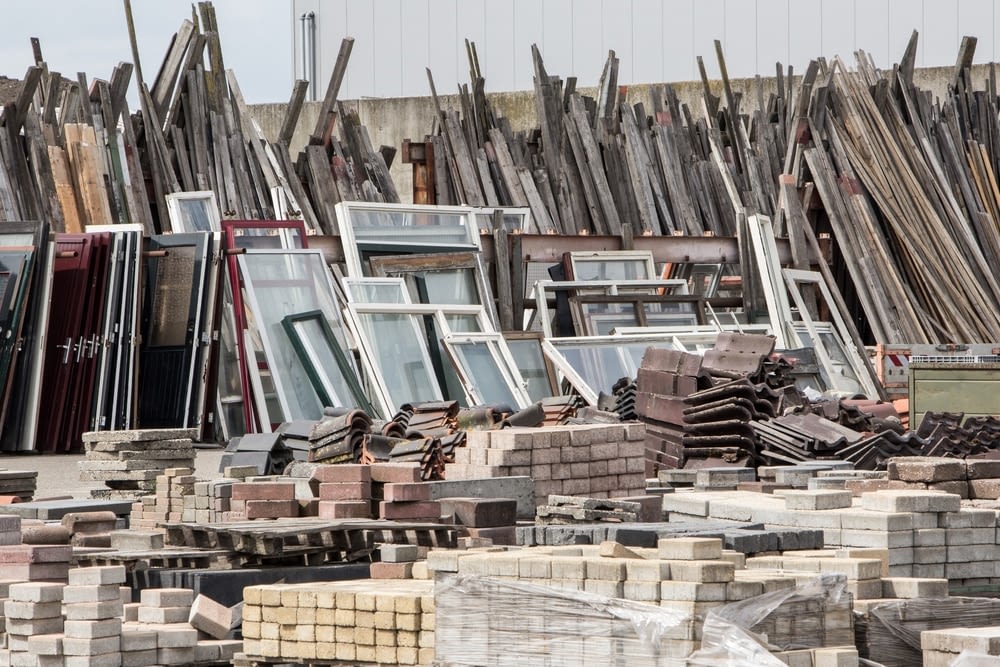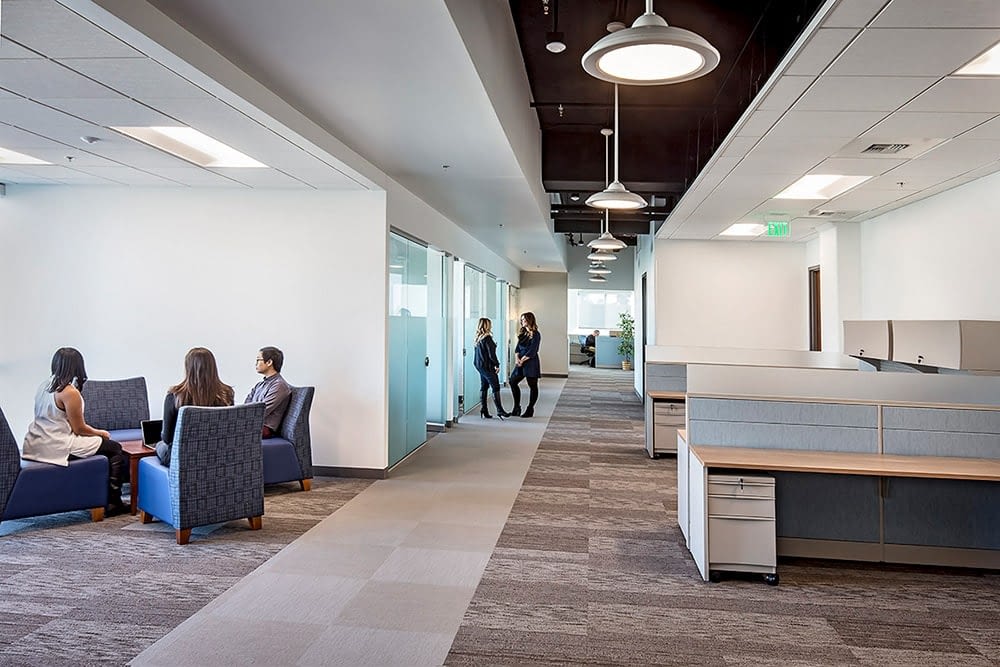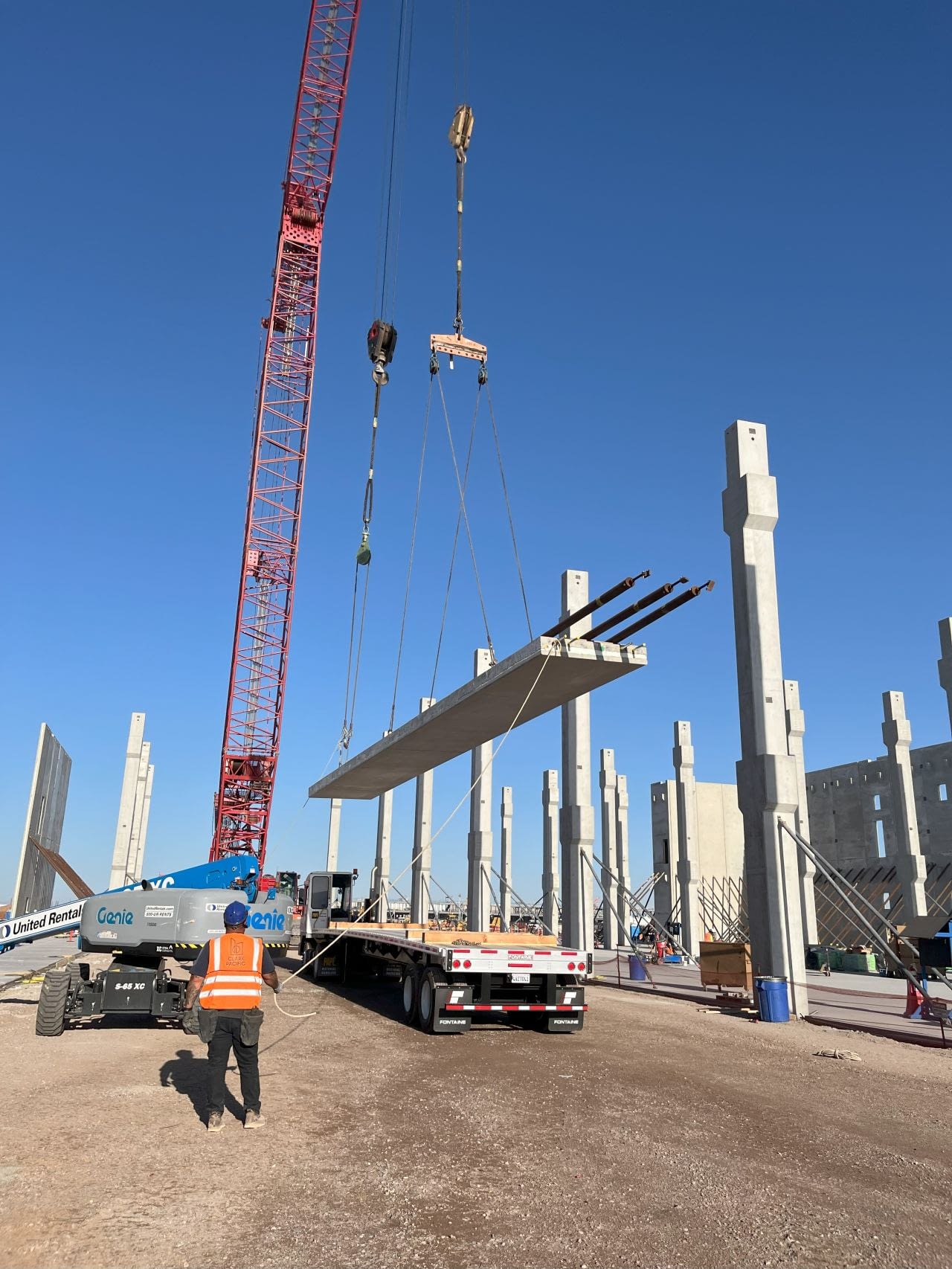Global demand for construction is exploding, right when we’re reaching a tipping point in regards to climate change. As a major contributor to carbon emissions, the building sector must do its part to mitigate carbon emissions. Sustainable construction has come a long way since the beginning of the green building movement in the 1970s. But to meet goals for carbon neutrality and zero net energy, much more has to be done. Here’s what’s wrong with today’s approach to sustainable buildings.
Construction is Project-Based, not Product-Based
Imagine if every car was designed from scratch and assembled using customized equipment built for that specific car. It would be costly, time-consuming, and wasteful. Unfortunately, this is the approach for most construction projects, and it breeds inefficiency and hinders innovation.

Stakeholders work in silos, doing things “as they’ve always done,” creating a huge missed opportunity to prevent errors and miscommunication. These communication gaps lead to unnecessary waste – for example, on most construction projects, 20% of construction materials go unused. This waste is preventable and is a major contributor to the environmental harm caused by the construction process.
On the other hand, product-based offerings (such as prefabrication) enable project stakeholders to identify efficiencies and deliver them at scale. Products can be continually improved by building on learnings from previous similar projects. Data from multiple projects can be collected and analyzed to identify efficiencies and optimize labor, materials, and equipment usage. And key sustainability considerations and features can be “baked in” to the product, reducing design complexity and ensuring projects achieve outcomes more reliably.
Sustainable Features Are Discarded Due to Poor Collaboration and Cost Control
While the project-based approach is highly customizable, its unreliability makes it difficult to meet owner expectations. Because of the disjointed nature of most projects, many of the promises of sustainability made early in the project can’t be fulfilled. Cost-related factors and siloed collaboration among project teams are two of the most common causes of failure in green building projects. Sustainable features often have to be scaled back due to unplanned costs or feasibility issues, both of which can be resolved by integrating project teams early and choosing solutions that incorporate sustainability out of the box.
Choose a Sustainable Building Product that Delivers

Many of the pitfalls that plague traditional green construction projects can be avoided. New solutions, such as the NetZERO Building Platform from Clark Pacific, leverage proven fabrication and assembly techniques to deliver more successful green buildings.
The NetZERO Building Platform combines the mechanical and structural systems of the building into a single prefabricated solution. The frame has been optimized to reduce concrete usage, which drastically minimizes embodied carbon. The thermally active radiant floor system reduces energy use and mechanical costs. And to truly maximize its benefits, it can be combined with Clark Pacific’s high performance Infinite Facade, which encompasses up to six building systems into a single product.
The NetZERO Building Platform is built on decades of prefabrication expertise. We combine the efficiencies and reliability of manufacturing with a keen understanding of how to use materials effectively so that every project meets the most rigorous standards for sustainability and resilience. Get more information about NetZERO here.



